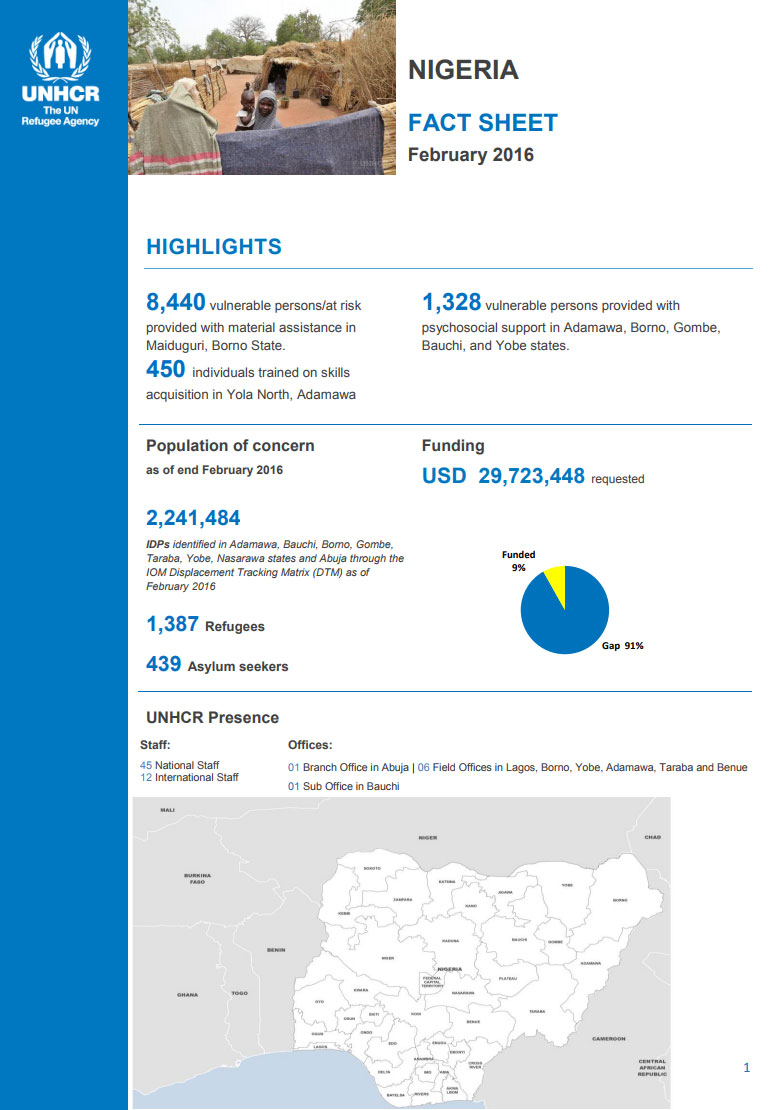ABOUT:
In a five-part series, VICE founder Suroosh Alvi travels the world to investigate the origins and impact of the world's deadliest terrorist organizations: al Qaeda, al Shabaab, Tehrik-i-Taliban Pakistan, Boko Haram and the Islamic State.
In the series’ fourth episode, Suroosh travels to Nigeria to investigate Boko Haram’s rise, as well as the military’s struggle to contain the once obscure religious movement that became a powerful regional terror network.
He’ll visit to the place where Boko Haram was founded, meet a woman who was a mentor to the group at its origins, and sit down with victims – many of them children – who have experienced Boko Haram’s terror first-hand.
He’ll also meet a Boko Haram fighter who tells him what it would take for him to give it all up.
Exploring the binary universe of the war on terror – good versus evil, us versus them – he takes us behind the curtain to show us the cycle of violence Boko Haram has left behind, while helping answer a fundamental question: is there an end in sight?
WATCH:
The full program can be watched here.

TERROR PART IV: BOKO HARAM
In a five-part series, VICE founder Suroosh Alvi travels the world to investigate the origins and impact of the world's deadliest terrorist organizations: al Qaeda, al Shabaab, Tehrik-i-Taliban Pakistan, Boko Haram and the Islamic State. In the series’ fourth episode, Suroosh travels to Nigeria to investigate Boko Haram’s rise, as well as the military’s struggle to contain the once obscure religious movement that became a powerful regional terror network. He’ll visit to the place where Boko Haram was founded, meet a woman who was a mentor to the group at its origins, and sit down with victims – many of them children – who have experienced Boko Haram’s terror first-hand. He’ll also meet a Boko Haram fighter who tells him what it would take for him to give it all up. Exploring the binary universe of the war on terror – good versus evil, us versus them – he takes us behind the curtain to show us the cycle of violence Boko Haram has left behind, while helping answer a fundamental question: is there an end in sight?CHASING TERROR PHOTOS
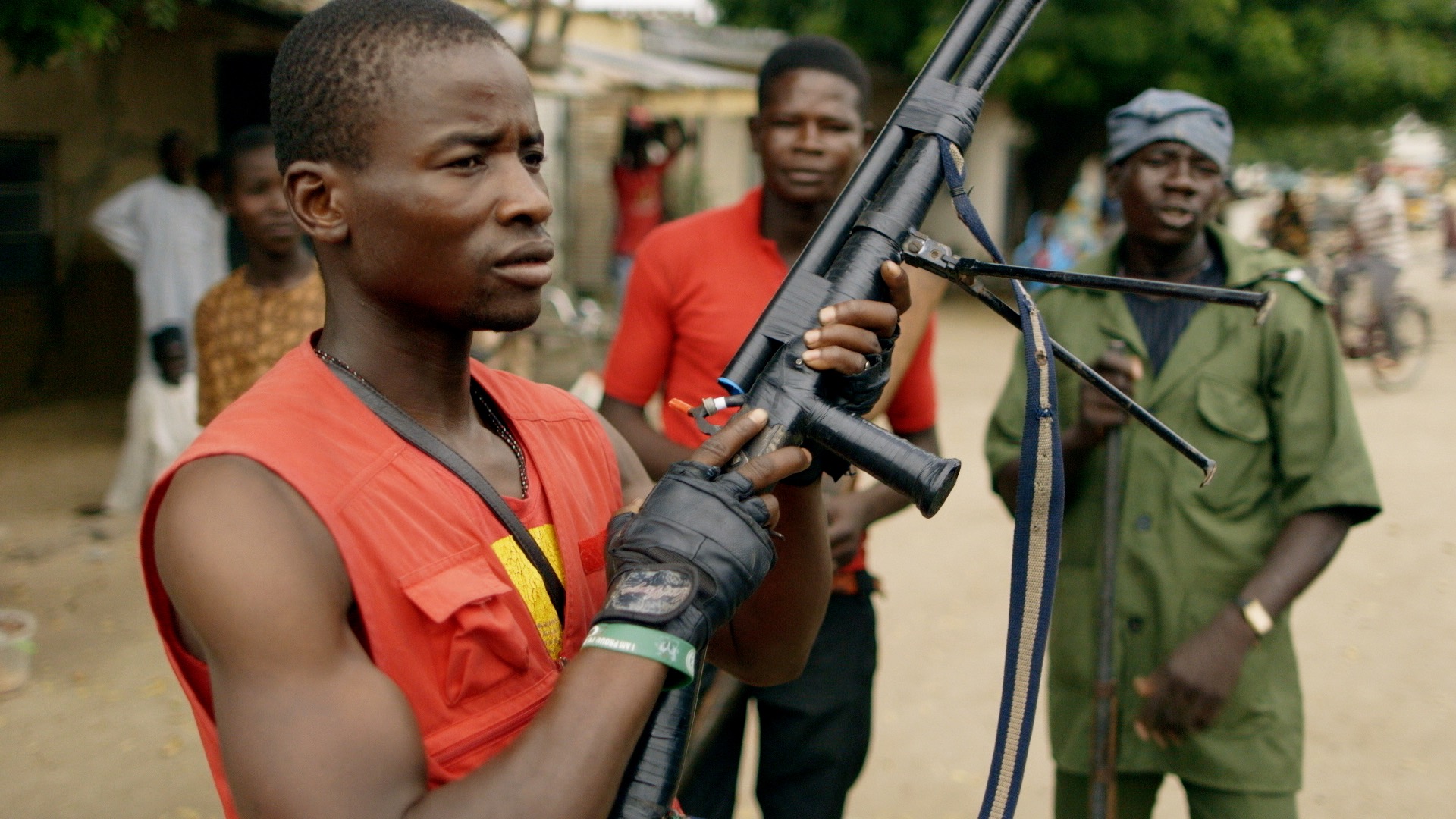
Militia men, who often aid the Nigerian army, go on a raid for Boko Haram fighters.
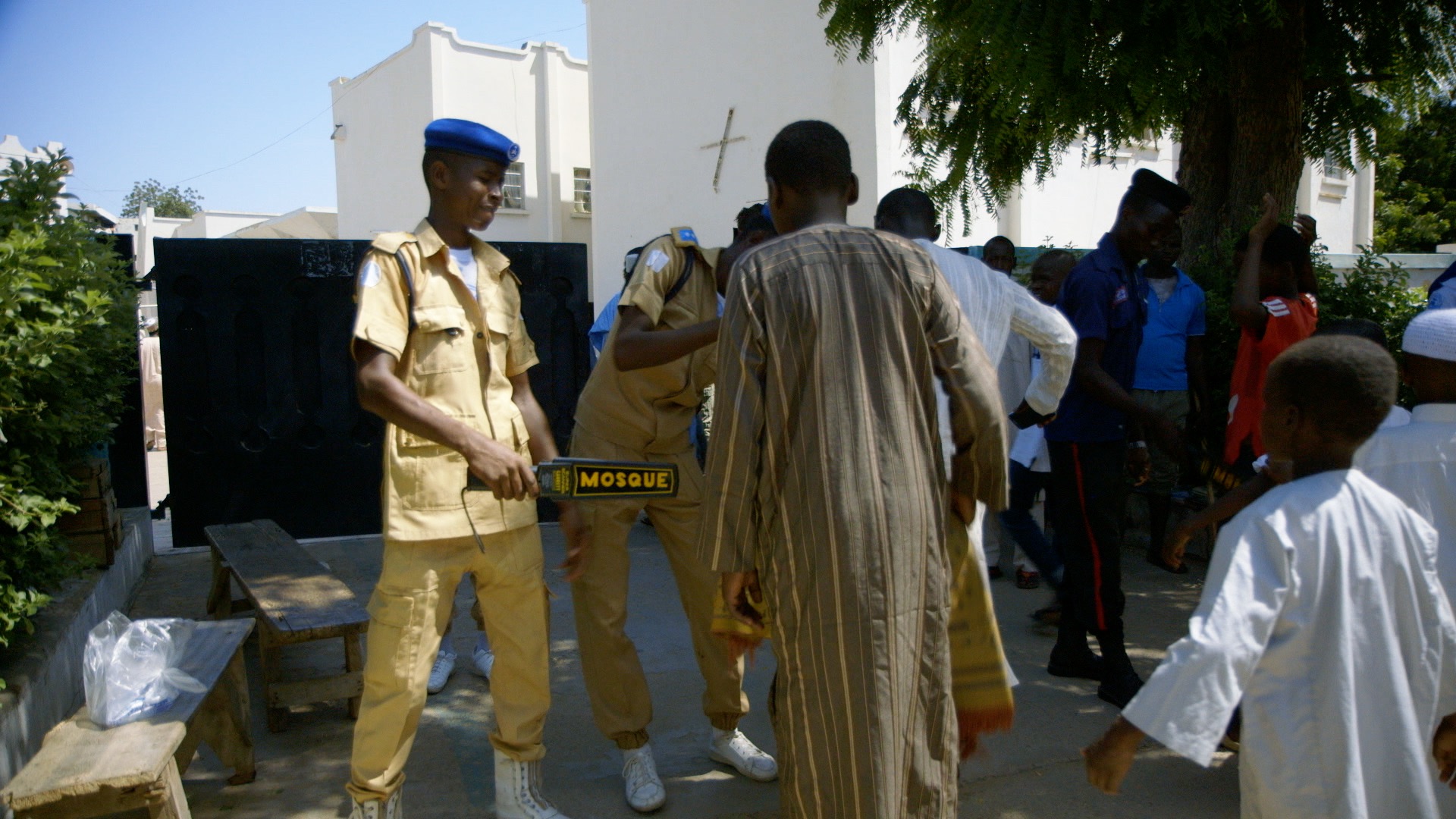
At a Maiduguri mosque once attacked by Boko Haram, security procedures now precede morning prayer.

As soon as the crew arrives at the edge of the Sambisa Forest, where Boko Haram is said to be headquartered, they get a call to leave immediately.
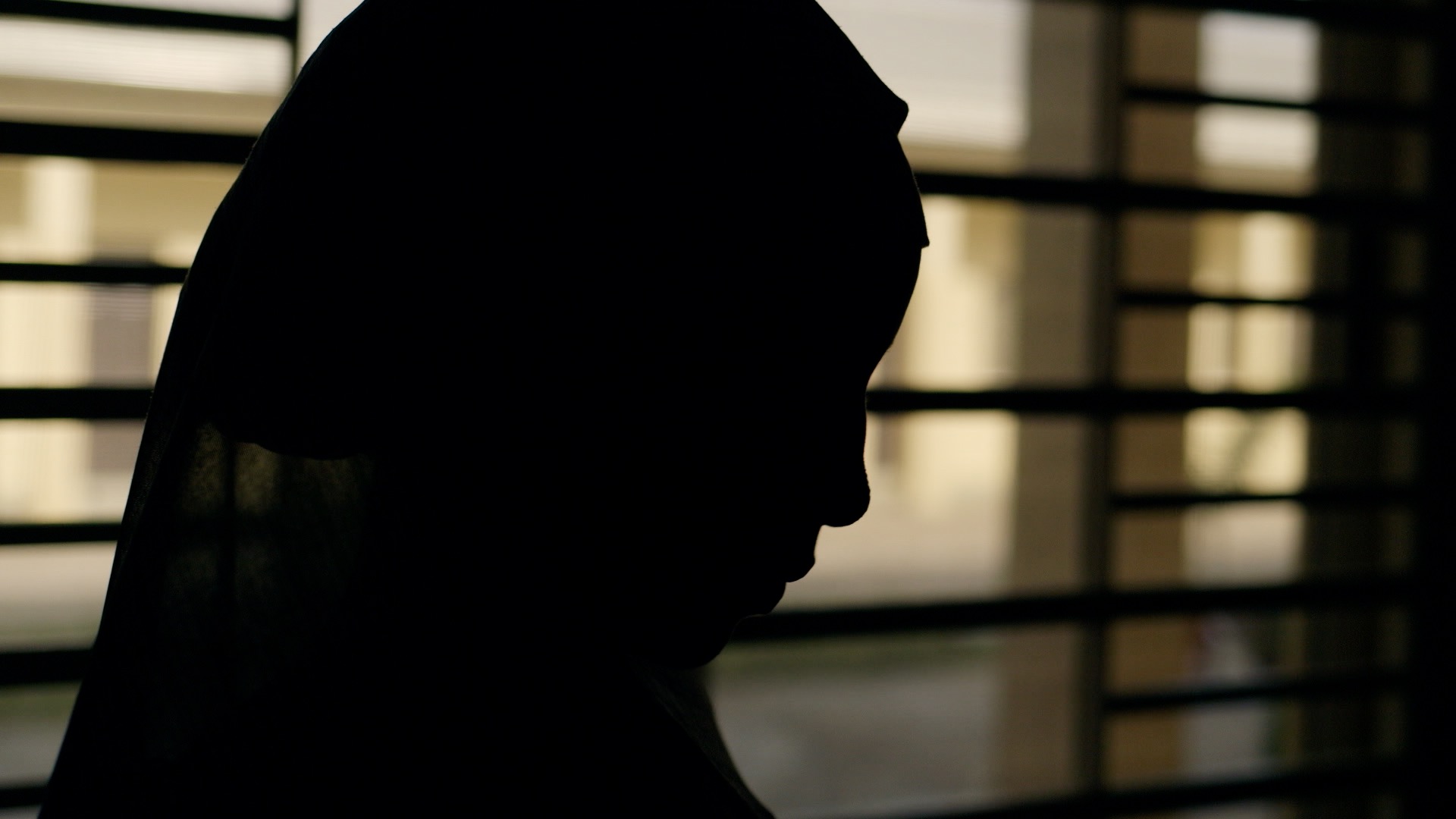
A young woman, who was once made wear an explosives belt by Boko Haram, is now in rehabilitation.
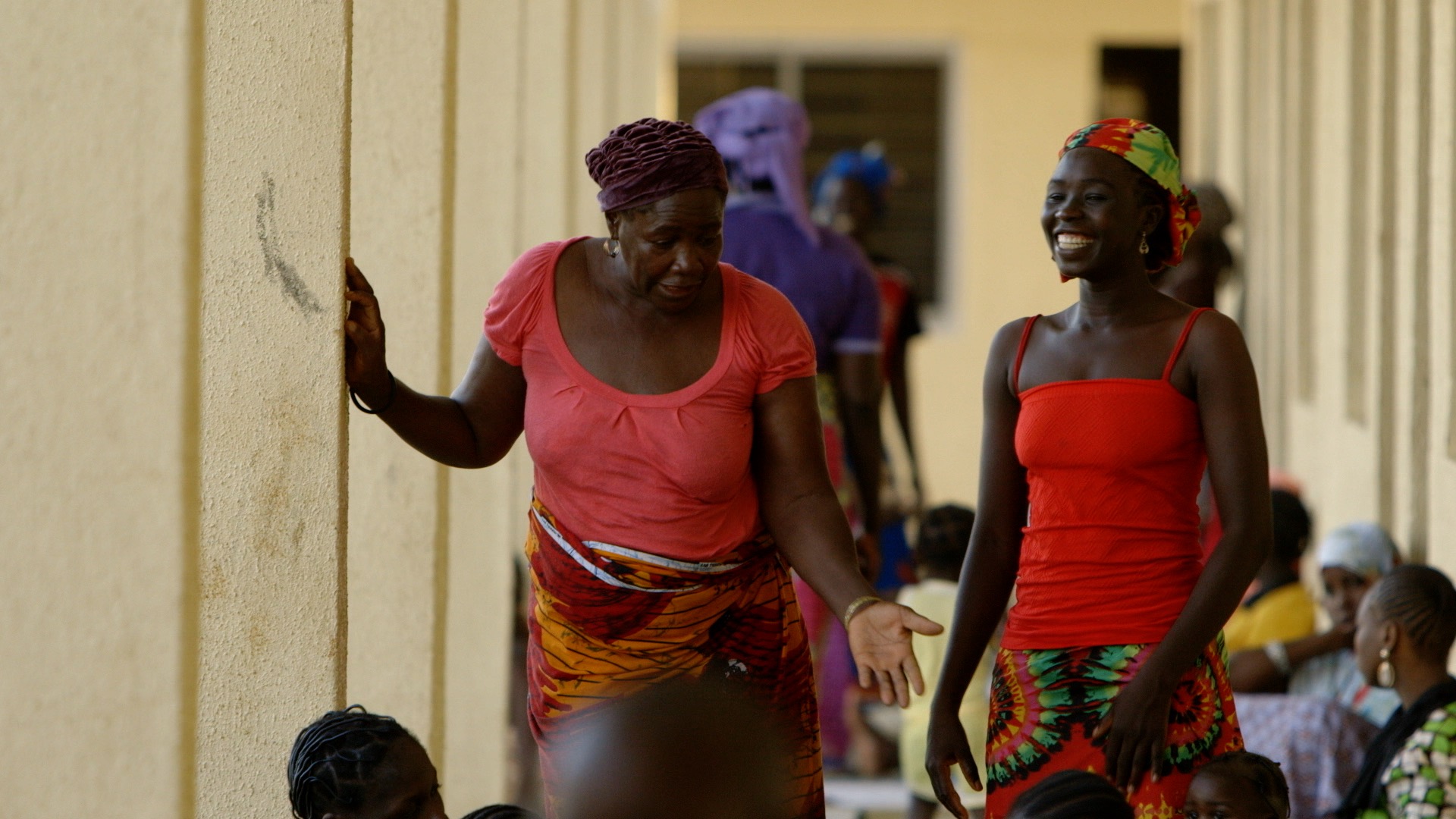
At a deradicalization camp, rescued women and girls once forced to join Boko Haram, rebuild their lives.
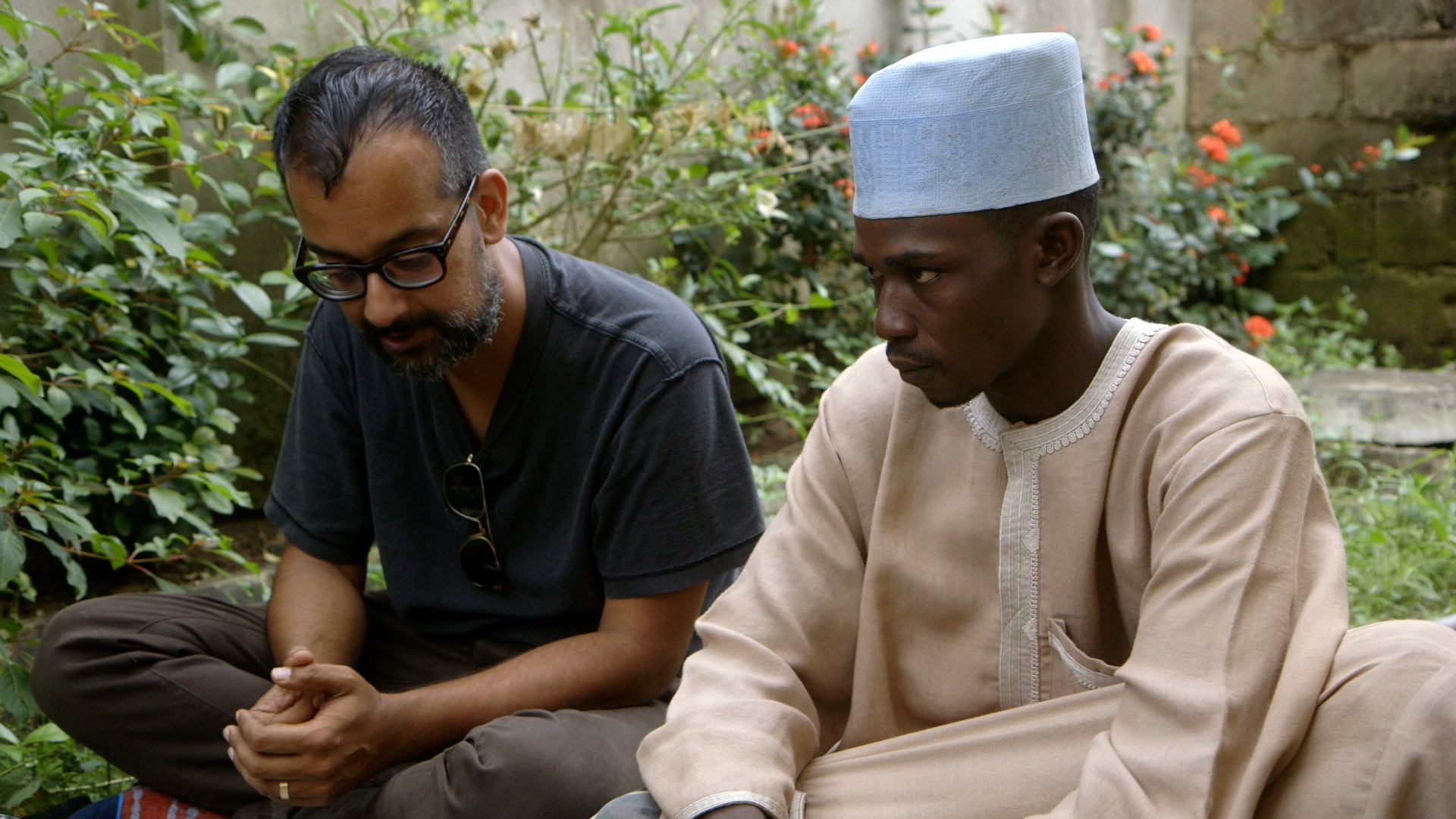
A Boko Haram fighter tells Suroosh what it would take for the violence to stop.
GLOBAL TERRORISM INDEX DATA: NIGERIA
The Global Terrorism Index provides a comprehensive summary of the key global trends and patterns in terrorism over the last 16 years, covering the period from the beginning of 2000 to the end of 2015.
Produced by the Institute for Economics and Peace, the GTI is based on data from the Global Terrorism Database which is collected and collated by the National Consortium for the Study of Terrorism and Responses to Terrorism (START), a U.S. Department of Homeland Security Center of Excellence led by the University of Maryland.
The Global Terrorism Database is considered to be the most comprehensive dataset on terrorist activity globally and has now codified over 150,000 terrorist incidents.
Below is its Nigeria Fact Sheet. You can also read the full 2016 Global Terrorism Index, here.
BOKO HARAM AND INTERNAL DISPLACEMENT IN NIGERIA:
As Boko Haram attacks have intensified, the UNHCR has registered increasing numbers of internally displaced persons in its country camps. The numbers below show the impact suffered by at-risk populations in Nigeria.
 CGTN America
CGTN America


